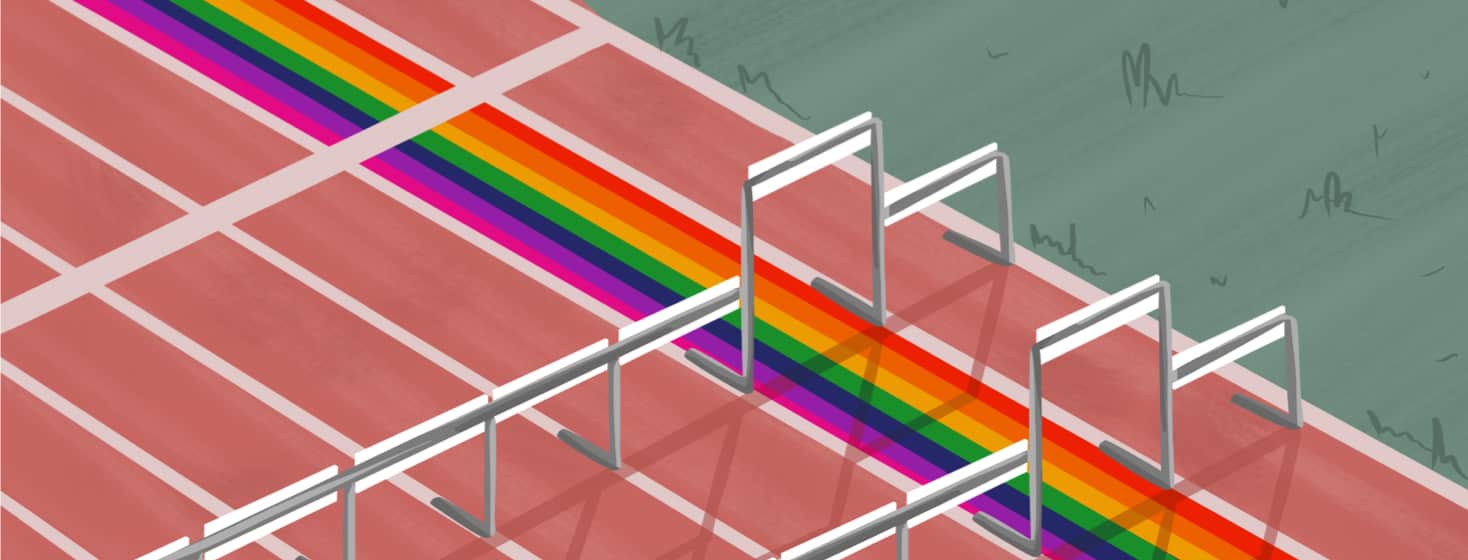Why We Still Need Pride
With another Pride month upon us, it's been 42 years since the first patients were diagnosed with an illness that we now know as HIV. Forty-plus years we've been fighting (and making tremendous progress!) in the fight against AIDS and HIV.
Back in those early days, the medical community was struggling to figure out what this new and mysterious illness was. It soon became apparent that this was a disease primarily observed in the gay community, particularly affecting MSM (men who have sex with men).
I was a student at the time and remember following the developments as they unfolded. Like what we have experienced in recent times with COVID-19, what was a medical issue somehow also became a political one.
In the 1980s, the US was living in a predominately conservative government that enabled a lack of appropriate funding and attention that could have made a difference in the trajectory of the disease.
The role of the Pride movement
We must give credit to the role of the Pride movement in bringing these issues to the forefront and slowly changing people’s perceptions. But we can’t rest on our laurels and think the issue is accomplished.
There is still a strong undercurrent of prejudice and stigma attached to the community and toward those who are living with HIV in particular. The CDC has published information to combat this in its “Let’s Stop HIV Together” campaign. 1
HIV still disproportionately affects certain groups
This campaign needs to be targeted especially to certain regions and demographics. For example, in 2018, there were 37,968 newly diagnosed cases of HIV in the US. Of these, 26 percent were in the African American community and 21 percent in the Hispanic/Latino community.2,3
One of the factors contributing to the prevalence in these communities are socio and economic issues such as high rates of poverty and lack of access to quality medical care. Another factor is the stigma associated with HIV and homophobia in general.2,3
Geography also plays a role. According to a CDC study issued in September 2019, 51 percent of new cases of HIV annually are in the southern states. This is in spite of only 38 percent of the U.S. population living in those states. Of those new diagnoses, 53 percent are African American.4
Once again, the study draws conclusions relating those statistics to poverty and lack of access to health care. Stigma is also a factor. Stigma limits a person’s willingness to seek testing. It also creates a sense of discrimination among healthcare workers.2,3
The message of Pride
As inspiring as it is to see the LGBTQ community come together for events such as the Pride parade marching down 5th Avenue, the message needs to permeate into the communities and regions that are less privileged and have more barriers to overcome. Equal access to medical care and less stigma will put everyone on a more even footing. That will be a real source of Pride.

Join the conversation